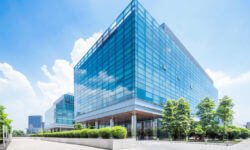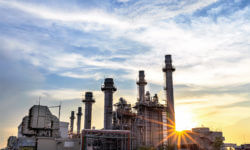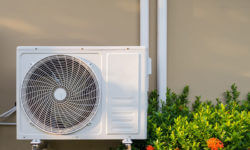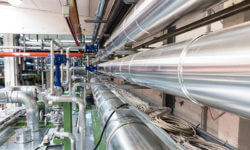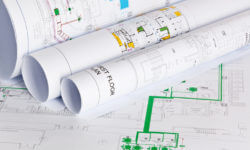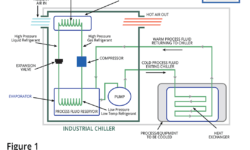There are a lot of technologies we have discussed before. We specifically talked about many trends this year in HVAC technology. Many of these articles focused on indoor air quality, specific systems like chilled beams, and even net-zero buildings. However, there is a lot on the topic we still haven’t covered. When it comes to HVAC there is a lot of innovative technologies. So, for this article, we will be focusing on topics and systems we haven’t covered before.
Read more →In 2015, chilled beam technology was projected to grow nearly double by 2020. Now projections are showing the U.S. will contribute around 28% in chilled beam system demands by 2026. This is largely due to energy efficiency regulations in North America. Currently building energy consumption is about 40% of the total energy consumption in the U.S. As a push toward lower carbon emissions continues to grow, it stands to reason so will technologies that reduce energy consumption. Chilled beams offer major benefits in energy efficiency.
Read more →As we move into summer, more and more businesses are reopening. This is happening across the country. For this article, we are paying particular focus on Maryland, and Washington D.C. However, as more states are looking to reopen, this applies to any commercial business. As COVID-19 restrictions are lifted, people will be returning to work and customers to businesses. So, before you do that, what are the important HVAC systems to check before reopening?
Read more →When The Severn Group first started, we were experts in residential HVAC services. As we grew, we saw the need for better HVAC for large facilities, from hospitals to office buildings – and everything in between. While residential and commercial HVAC is very different, the basics of HVAC remain the same. One of the fundamental aspects of HVAC systems is making sure they are energy efficient. Business owners and homeowners alike don’t want to spend more than they need on heating and cooling their space. And now, with a large part of the workforce working from home, we wanted to speak to homeowners on how you can make your home office energy efficient. Well, not just your home office, but also general tips to make sure your whole house is working the way it should.
Read more →Chillers use up about 20% of the total power generated in the country. What’s more, they can increase up to 30% additional energy usage of a building due to operational inefficiencies. This costs companies and building facilities billions yearly. Today, commercial buildings install efficient HVAC systems with an aim to improve a building’s sustainability and performance. Which brings us to water-cooled chillers, an essential HVAC component for a wide variety of commercial facilities. Continue on to learn more about water-cooled chillers, and find out if it’s the right choice for your facility.
Read more →When choosing an HVAC system for your business or facility, you have plenty of options. If you’re deciding between a heat pump or an air conditioner, there are a few things to consider. Both use compressed refrigerants to collect heat from your indoor space and transfer it outside. However, which system is more beneficial to your specific building? To find out, it’s important to know the difference between the two.
Read more →According to a study by the U.S. Department of Energy, HVAC systems are the largest users of energy in commercial buildings. That being said, the cost of running your building’s HVAC system will be among your greatest expenses, so it’s important to carefully select the components of your HVAC design.
Read more →Around since the late 1880s, ceiling fans have become a staple in U.S households. It was one way to make rooms more comfortable. They lost a bit of popularity in the 50s as airconditioning came to our homes. However, in the 1970s during the energy crisis, they made a comeback. To this day, they still remain in demand and a common household fixture. Yet, with technology today, what are the benefits of ceiling fans? Do we actually need them? Read on to find out.
Read more →Depending on the size of the building, it’s not just as simple as having your basic components. Incorporating HVAC equipment in conjunction with a commercial building’s design can have a big impact on energy savings. For this article, we not only want to discuss designing HVAC systems to meet industry standards but also to make them resource and energy-efficient.
Read more →Chillers do exactly what the name says – cool things down. In fact, chillers are necessary across a wide range of applications. But, how does a chiller work? In short, they prevent overheating and keep products cool to avoid harm to your machinery and bottom line. Here, we’ve broken down the elements of chillers and how they work.
Read more →
